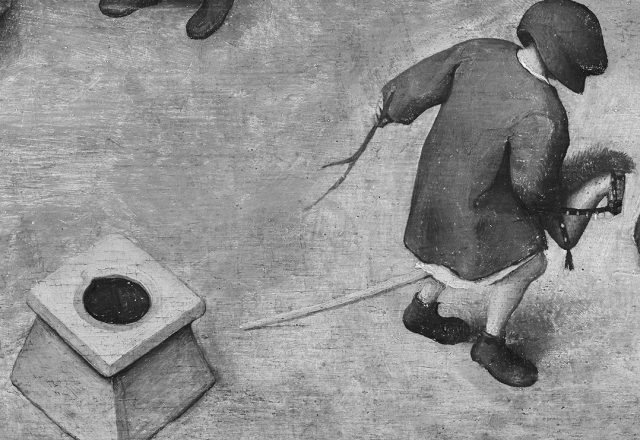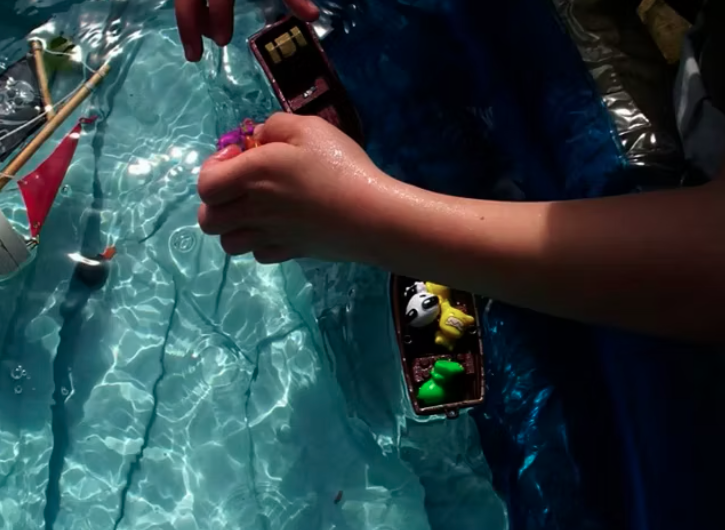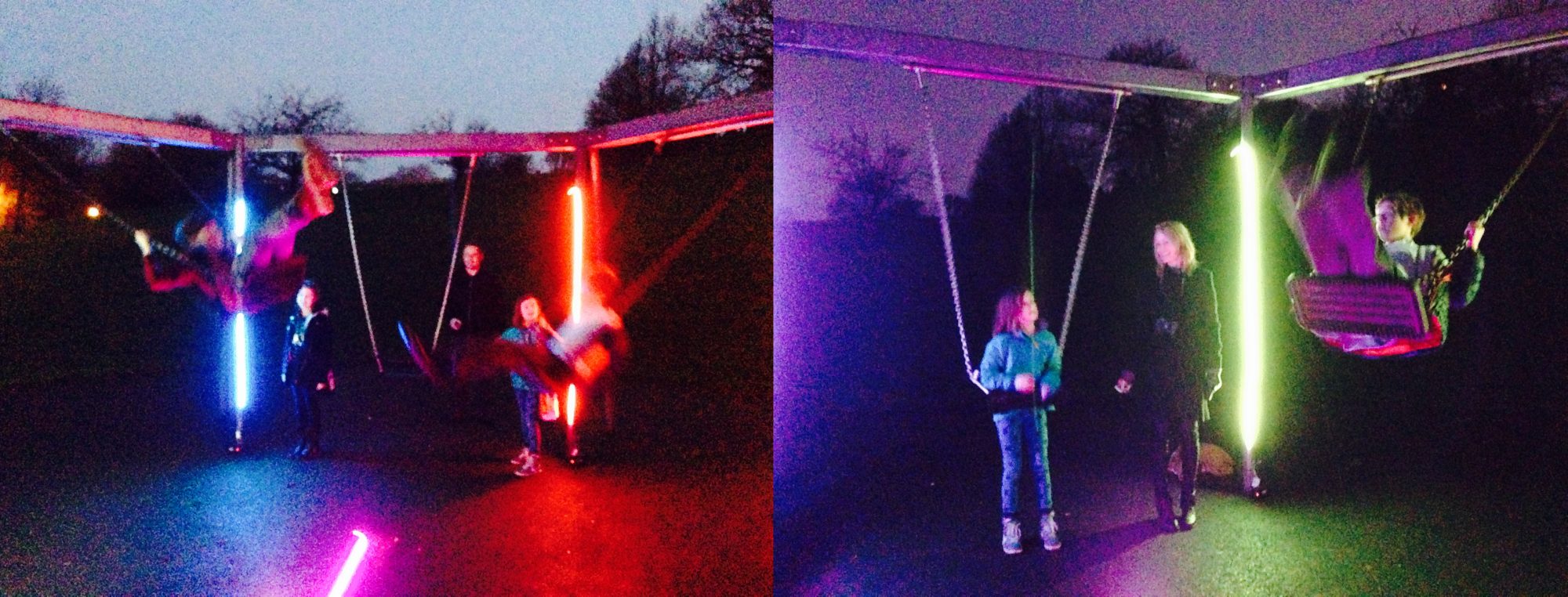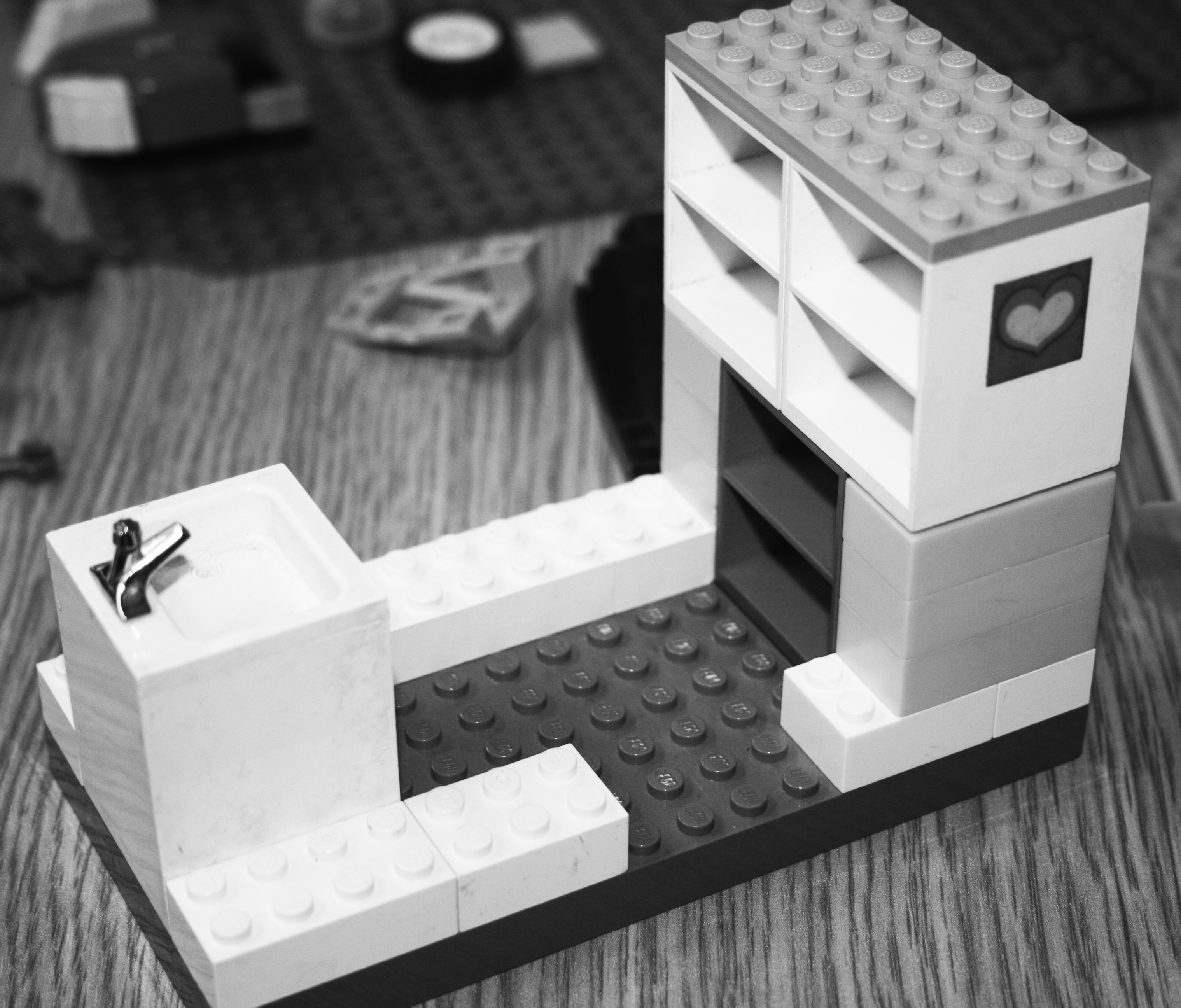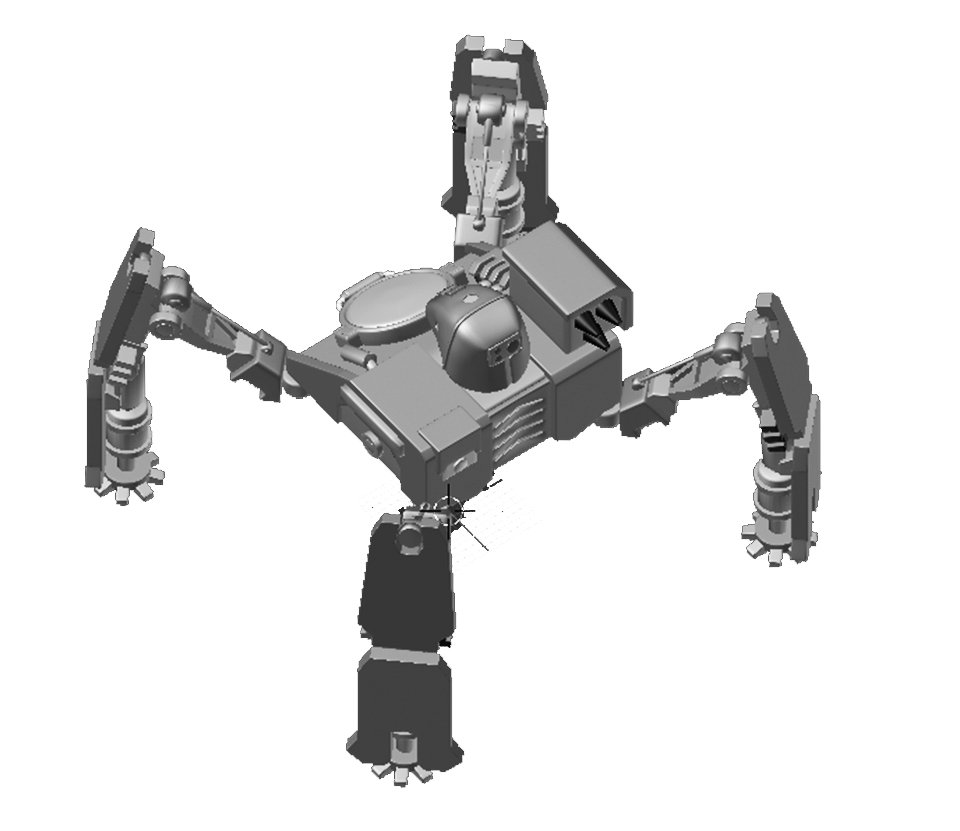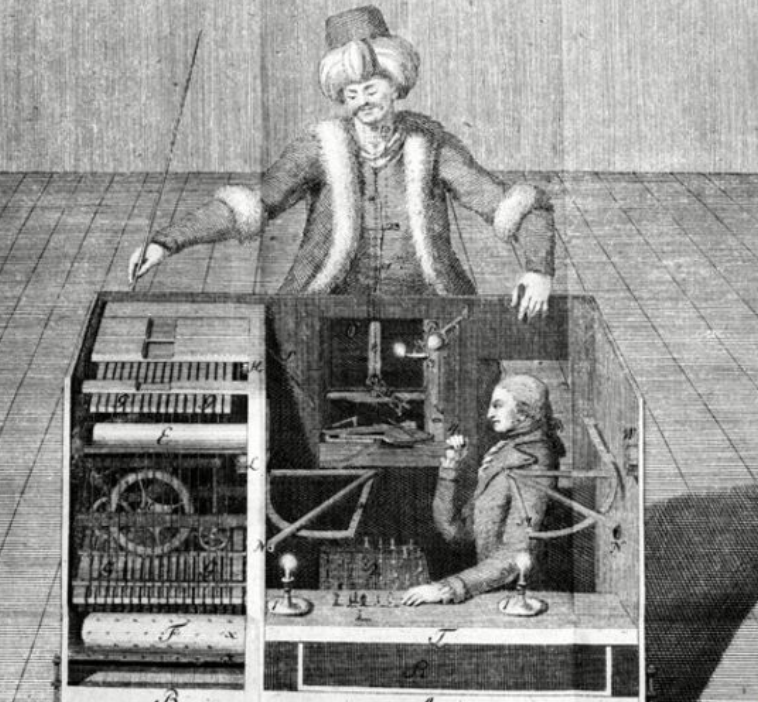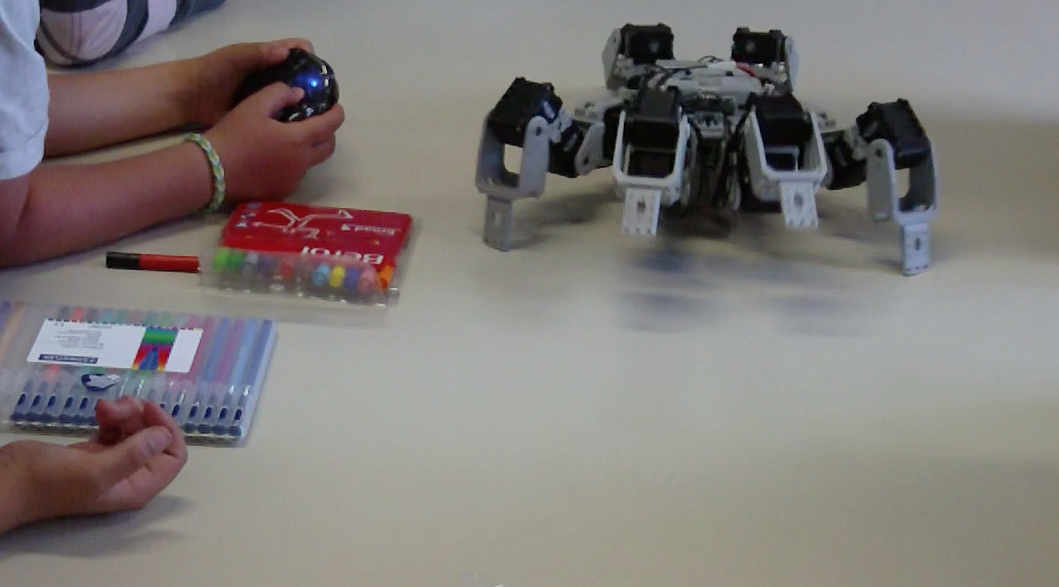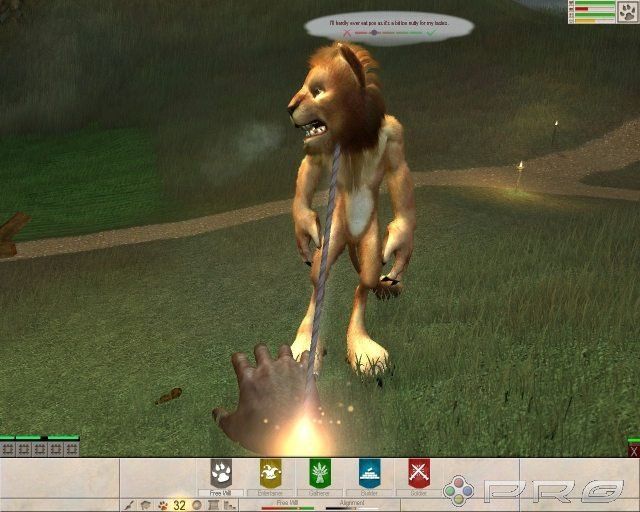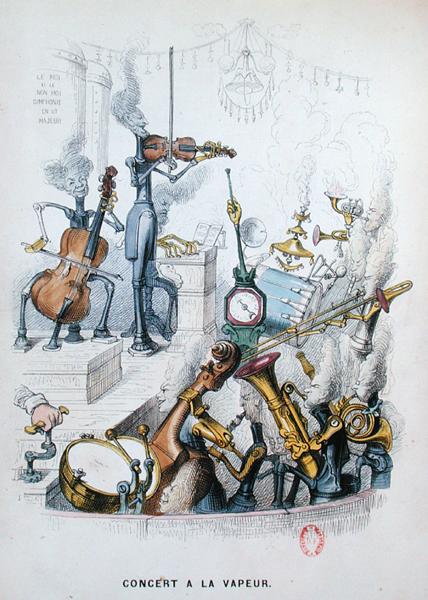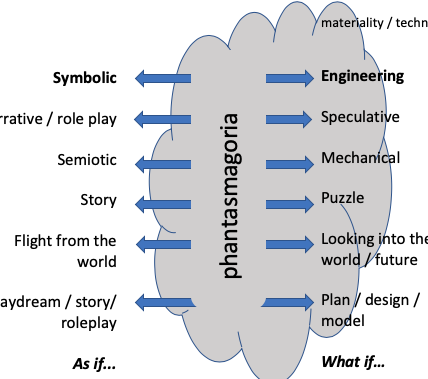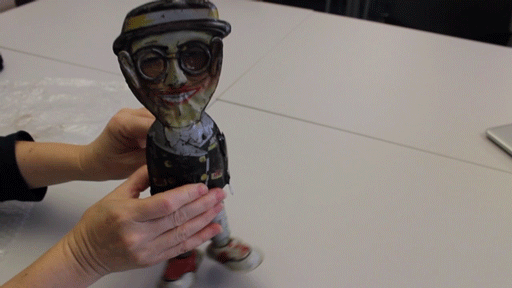excerpt from draft of Toy Theory: technology and imagination in play (out 5th November): The toy […] offers alternative ways of grasping the play…
Category: distributed imagination
Mr Happy
This video essay ‘Monsters, mini-games and Mr Happy’ was originally published in Audiovisual thinking: a journal of academic video, no.2, September 2011. The journal seems…
postindustrial playground
[For all the changes to children’s playground equipment from the Edwardian era to today], the proprioceptic and vertiginous pleasures of swinging and sliding persist,…
an imaginary system
Whilst the cultural, representational, ideological and economic assumptions that feed and are fed by imaginaries can be uncovered and subject to critique, imaginaries are…
AI and the future of play
Placeholder for a position statement on my current research and teaching on the genealogy and emergent dimensions of artificial intelligence in play and technoculture.
AI and games
Workshop with level 3 Games Design & Art students, October 2019 references: Giddings, Seth 2014 ‘Soft worlds and AI’ (extract from chapter 3 of)…
toying with the singularity
My chapter on the design of playful AI and robotics – and the relationships between the material, the technical and the imaginary – is…
AI & the achievement of animals
A stork and a wild pig in Breath of the Wild are distinct species only in a decorative sense, as mise-en-scene of the open dynamic world….
robots for everyone
As I’m working on a cluster of ideas about robots, AI, automata and animals, here is an entry on Robot that I wrote for The International…
Phantasmagoria & technicity
Resources and links for my talk at the Cologne Games Lab 5th December 2018. I’ll work this up into a full post with the…
paracosmic
excerpt from Gameworlds (pp.6-8) on Cohen and MacKeith’s ‘paracosms’ and imaginative play: Such worlds open up as virtual environments for play beyond the page, along…
hand-held cinema
The Bill Douglas Cinema Museum has uploaded my report on this archive research: Handheld cinema, or the other successful toys that move.
